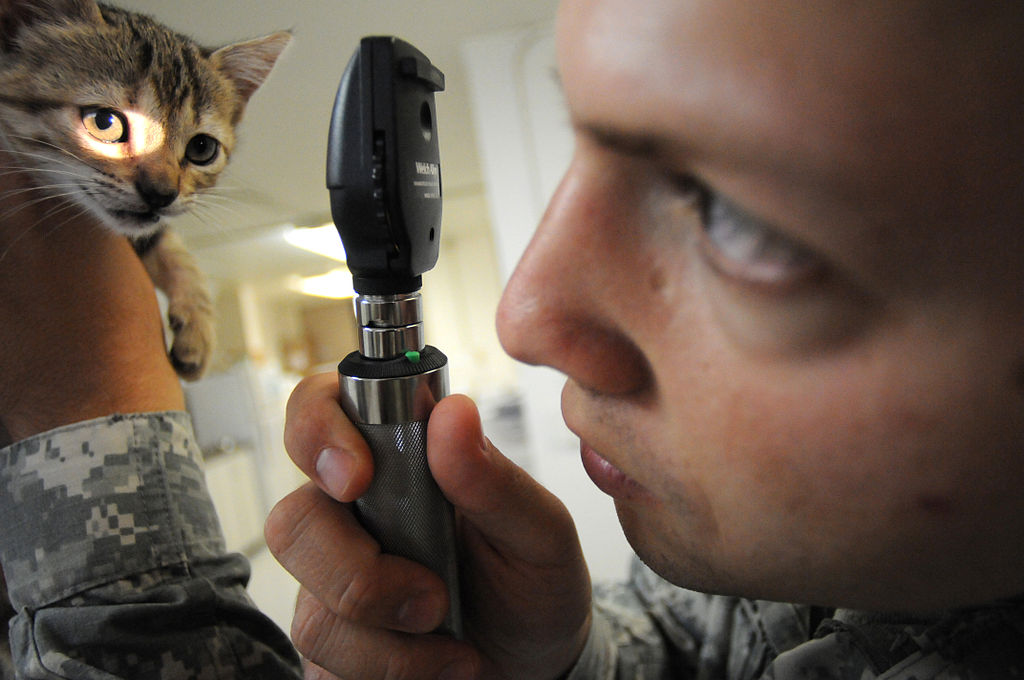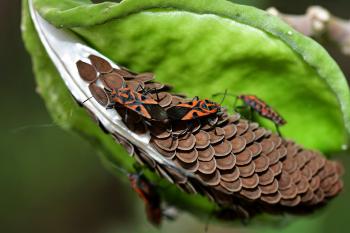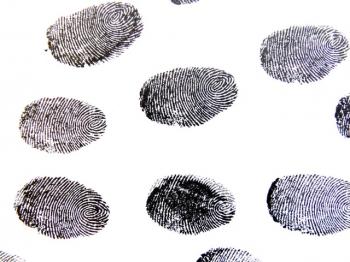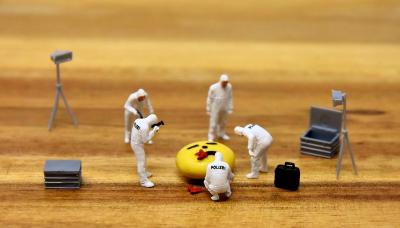Users Who Spiked

COVID CONSPIRACIES
Private Notes
Private Notes
Notes
There is a lot of misinformation going around about the global pandemic that has us all camping out at home and ordering takeout. To a degree, it's understandable: people are afraid and other people want to reassure them. Everyone wants to have a solution and wants to have it quickly. Several evangelical pastors have made outrageous claims of safety and cures for their congregations. Wildly inaccurate statements from the Trump administration have downplayed the seriousness of the coronavirus. And, as schools nationwide have closed, many parents are left wondering what to tell their children.
It's important - both in the interest of stopping the spread of coronavirus and in tamping down public panic - that the facts, to the best of our current knowledge, are shared. Rumors, false information, and ignorance have already led to violence against Asian Americans, mass toilet paper hoarding, and infected spring breakers. Addressing some of the most widespread misconceptions about the spread of COVID-19 will hopefully clear the air. So, here are some common beliefs about the virus and their basis (or lack of).
Did bats cause this?
Research on the origins of the virus is still ongoing. Although a shrimp vendor in Wuhan may have been identified as 'patient zero' for the disease, we may never know for sure. But, finding that key individual is an important piece of the puzzle. Many people are blaming bats for the spread of COVID-19, as if bats didn't get a bad enough rap already. The truth is, scientists have discovered several coronaviruses (yes, there are many) carried by bats. It's something a group of bats (called horseshoe bats) in southern China can carry, without being affected by the virus themselves. In order for SARS-CoV-2 (the official name for the virus) to jump from bats to humans, there needs to be an intermediary. Researchers suspect that intermediary to be pangolins.
Pangolins are the most trafficked animal on the planet. People eat these adorable creatures, which look like a cross between an anteater and an armadillo. They're not legal to sell here and are a big staple of the worldwide illegal animal trade. But it's not as if bats or pangolins set out with the objective of infecting the human race. In fact, it may be human interference with these creatures that's ultimately to blame.
What's the difference between COVID-19 and coronavirus?
The word "coronavirus" describes a large group of viruses that commonly infect humans and animals. Camels, cows, cats, and bats can all carry coronaviruses. There are many coronaviruses, not just the one that's causing the current pandemic. That specific coronavirus is called SARS-CoV-2. Now, COVID-19 is the name of the disease that it causes. With me so far? Think of a bowl of marbles. All of the marbles are coronaviruses. Pick one marble out of the bowl and call it SARS-CoV-2. Give that marble to someone and they now have COVID-19.
Won't antibacterials kill the virus?
No. Antibacterial drugs and other products will not kill SARS-CoV-2, simply because it's a virus, not bacteria. Medical researchers think that an antibiotic called azithromycin may be effective in treating patients with COVID-19, but that's because it can keep other microbes away from ill patients, not because it kills the virus itself. Antibiotics are, by definition, "against life." But, whether or not a virus can be considered "life" in the first place is very much debated. Viruses cannot reproduce unless they're inside a living cell. So, if they're outside a cell, they just kind of sit there, not making copies of themselves. Once inside a cell, a virus functions a bit like a machine. It injects its genetic code and forces the cell to make copies of it. Eventually, that cell gets so full of viruses, that it explodes. It's kind of like a robot breaking into your house and forcing you to build more robots until your house can't hold anymore.
Is it safe to open packages from China?
Yes. In order for a virus to continue to function, it needs a certain set of conditions. That includes temperature, moisture, and sunlight. It doesn't do well inside of a box or outside of the human body. It also isn't as easy to pick up the virus from porous materials (like cardboard) than it is from non-porous materials (like plastic). Packages from anywhere, including Italy and other United States cities, should be equally as safe. There have not been any reported cases of contracting the virus through the mail and most authorities agree that it's not a major concern. It's pretty clear that you have much more to fear from your mail carrier than you do from your packages.
Was SARS-CoV-2 engineered by scientists?
No. There is an Institute of Virology in Wuhan, China, where the outbreak originated. However, it doesn't necessarily follow that this virus "escaped" from that institute. Coronaviruses are common in some mammals, including bats native to China. It would make sense to build an institute that studies viruses near the source of the viruses it studies. The bats and the viruses, however, existed long before the institute. If that's not convincing enough, the lab in Wuhan that studies the virus was able to sequence its genetic code and promptly released that information to other scientists around the world. What does that mean? It means that independent labs could take that sequence and see how it compares to other known viruses. They could even collect the virus from bats and verify that it matches the information coming out of Wuhan labs.
Can my dog or cat catch COVID-19 from me or pass it to me?
According to information released by the American Veterinary Medical Association on March 30, 2020, "Right now, we have limited information about SARS-CoV-2 and dogs and cats. However, taken collectively, as of right now it appears that dogs and cats are not easily infected with SARS-CoV-2, we have little to no evidence that they become sick, and there is no evidence that pets can transmit SARS-CoV-2 to people or other pets." That's as definitive an answer as we're likely to get for now. On one hand, with the number of people infected, a good portion of whom must have pets, it's hard to believe that widespread infection of dogs and cats would go unnoticed. However, since there's a lack of testing available for most humans presenting with symptoms, it's hard to say if many would be spared for pet testing.
As always, don't just take my word for it. (As this is a newly-emerged disease that's spread quickly, there's much that isn't known about it yet. Please check that any information you receive is as recent as possible.):
Are Viruses Alive? (Live Science)
https://www.livescience.com/58018-are-viruses-alive.html
From Bats to Human Lungs, the Evolution of a Coronavirus (The New Yorker)
https://www.newyorker.com/science/elements/from-bats-to-human-lungs-the-evolution-of-a-coronavirus
Missing link in coronavirus jump from bats to humans could be pangolins, not snakes (Science Daily)
https://www.sciencedaily.com/releases/2020/03/200326144342.htm
11 critical unanswered questions about the coronavirus and COVID-19, the illness it causes (Buisness Insider)
https://www.businessinsider.com/coronavirus-covid-19-questions-mortality-origins-cause-unknowns-2020-3
Theory that Coronavirus Escaped from a Lab Lacks Evidence (The Scientist)
https://www.the-scientist.com/news-opinion/theory-that-coronavirus-escaped-from-a-lab-lacks-evidence-67229
American Veterinary Association's page about COVID-19
https://www.avma.org/resources-tools/animal-health-and-welfare/covid-19





































